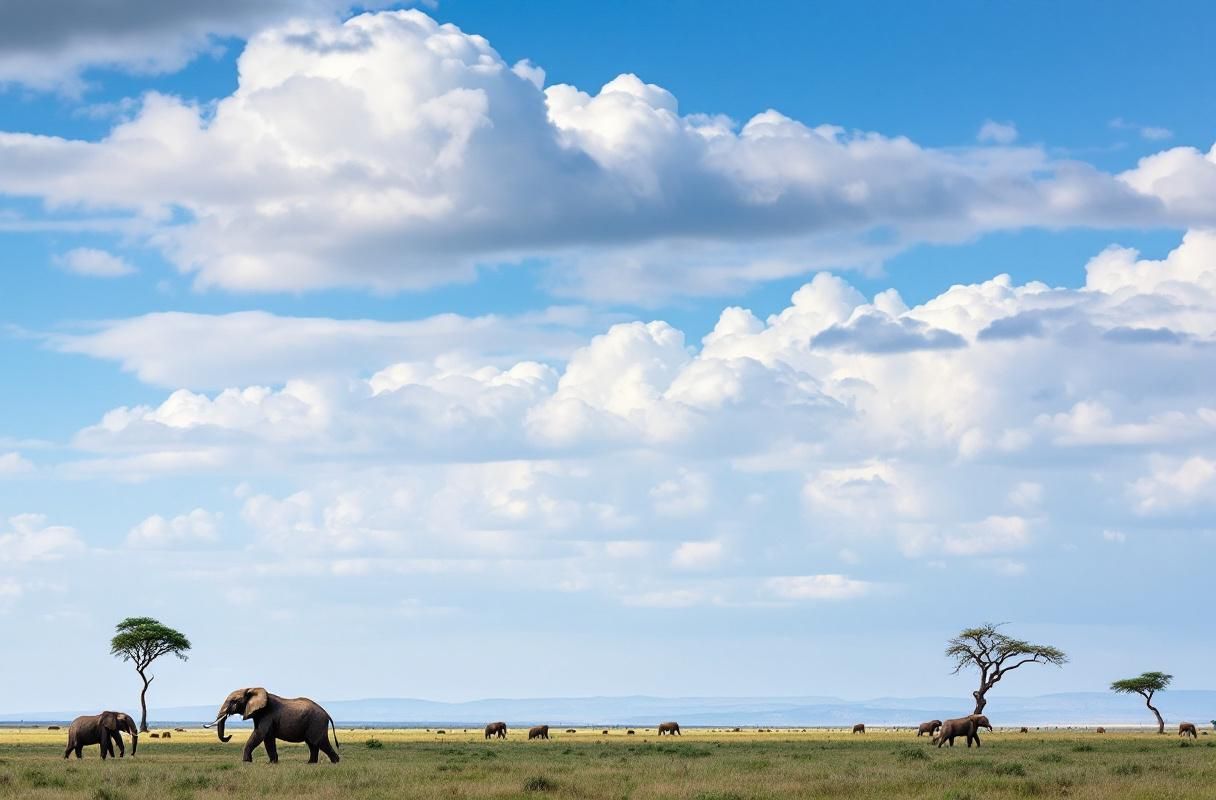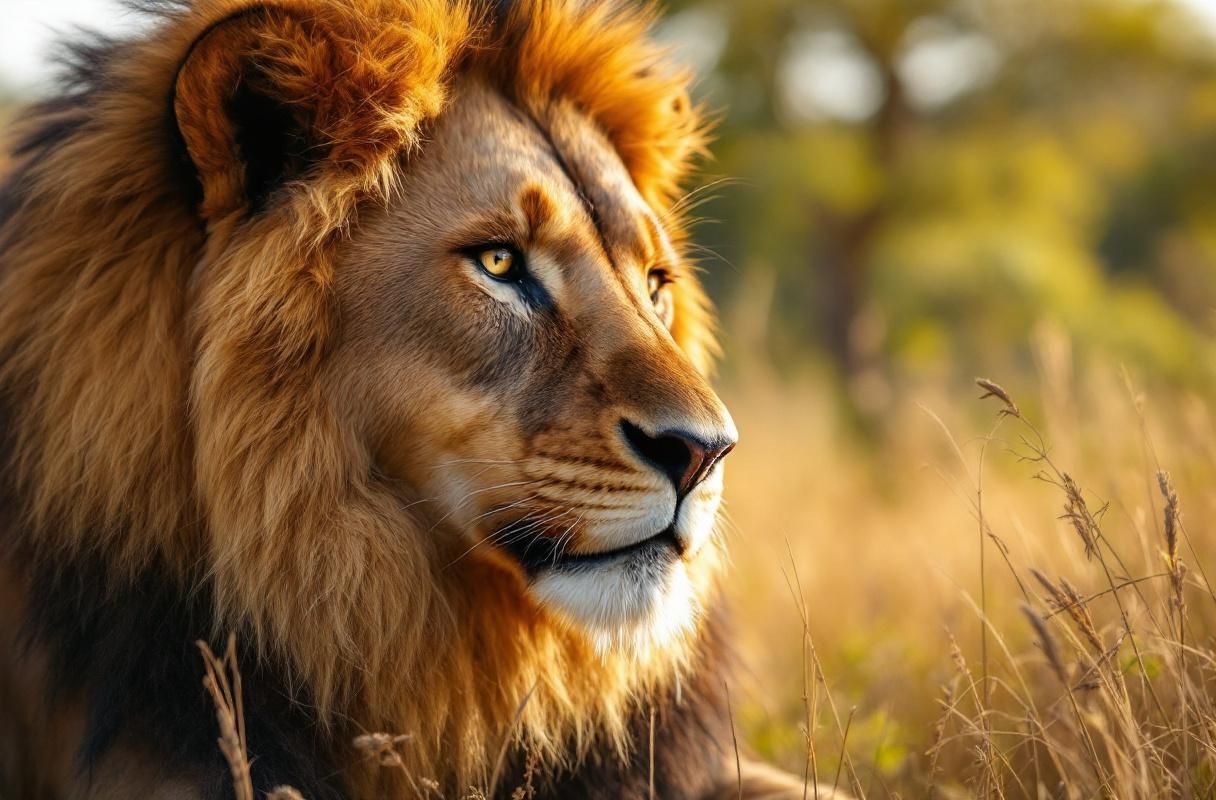
The African savannah is a vast, untamed landscape that is home to some of the most magnificent wildlife on the planet. Among the most awe-inspiring spectacles in nature are the migrations of African animals, which showcase their incredible resilience, instinct, and the harsh realities of survival. From the Great Migration in the Serengeti to the seasonal movements of elephants, these journeys are a testament to the interconnectedness of ecosystems and the cycles of life. This article delves into the remarkable migrations of African animals and provides practical tips for photographing these majestic creatures in their natural habitat, especially during safari tours.

African animals migration is not merely an instinctual response to environmental changes; it is a complex interplay of climate, geography, and social behavior. The most famous migration is the annual movement of wildebeest and zebras across the Serengeti ecosystem in Tanzania, where they travel in search of fresh grazing grounds and water sources. This journey covers thousands of kilometers, revealing the dangers that these animals face from predators and environmental challenges.
The Great Migration is an extraordinary natural event that occurs annually and involves millions of wildebeests, zebras, and other herbivores. This migration is characterized by a cyclical pattern where animals move from the Serengeti in Tanzania to the Maasai Mara in Kenya, following the rains. The journey is fraught with peril, as the animals must cross rivers filled with crocodiles and navigate through territories occupied by lions and hyenas.
While the Great Migration garners the most attention, many other African animals also undertake significant migrations. For example, elephants migrate in search of water and food, often covering vast distances. Their movements are crucial for maintaining the health of ecosystems, as they help to disperse seeds and create pathways that benefit other wildlife.

Capturing the essence of African animals during their migrations requires skill, patience, and a deep understanding of the animals’ behavior. Here are essential tips for photographers aiming to document these breathtaking moments effectively.
Selecting the appropriate photographic equipment is critical for successfully capturing images of African animals. The following considerations can enhance your photographic experience:
To successfully photograph African animals, understanding their behavior is paramount. Knowing when and where to find them will significantly improve your chances of capturing stunning images.
Once you are equipped and knowledgeable about the animals, employing the right techniques can make a significant difference in your photography.
While photographing African animals can be exhilarating, there are common pitfalls that photographers should be mindful of.

The migrations of African animals are a breathtaking phenomenon that showcases the resilience and beauty of nature. As you embark on safari tours to witness these spectacular journeys, understanding the intricacies of animal behavior and employing effective photography techniques will enable you to capture unforgettable moments.
If you are ready to implement these African animals strategies for your business, Banana Slug Club is here to help. Our services can assist you in creating impactful wildlife photography campaigns, ensuring your brand resonates with audiences who appreciate the beauty of nature.
Having explored "African Animals Migration: Spectacular Journeys Revealed," we encourage business owners to connect with us. For more information about how we can help you apply what you've learned, please visit our website or contact us directly. Let’s work together to elevate your brand’s connection to the incredible world of African wildlife.
Get free resources, early access to new features and updates.
No spam. Just fun educational emails!